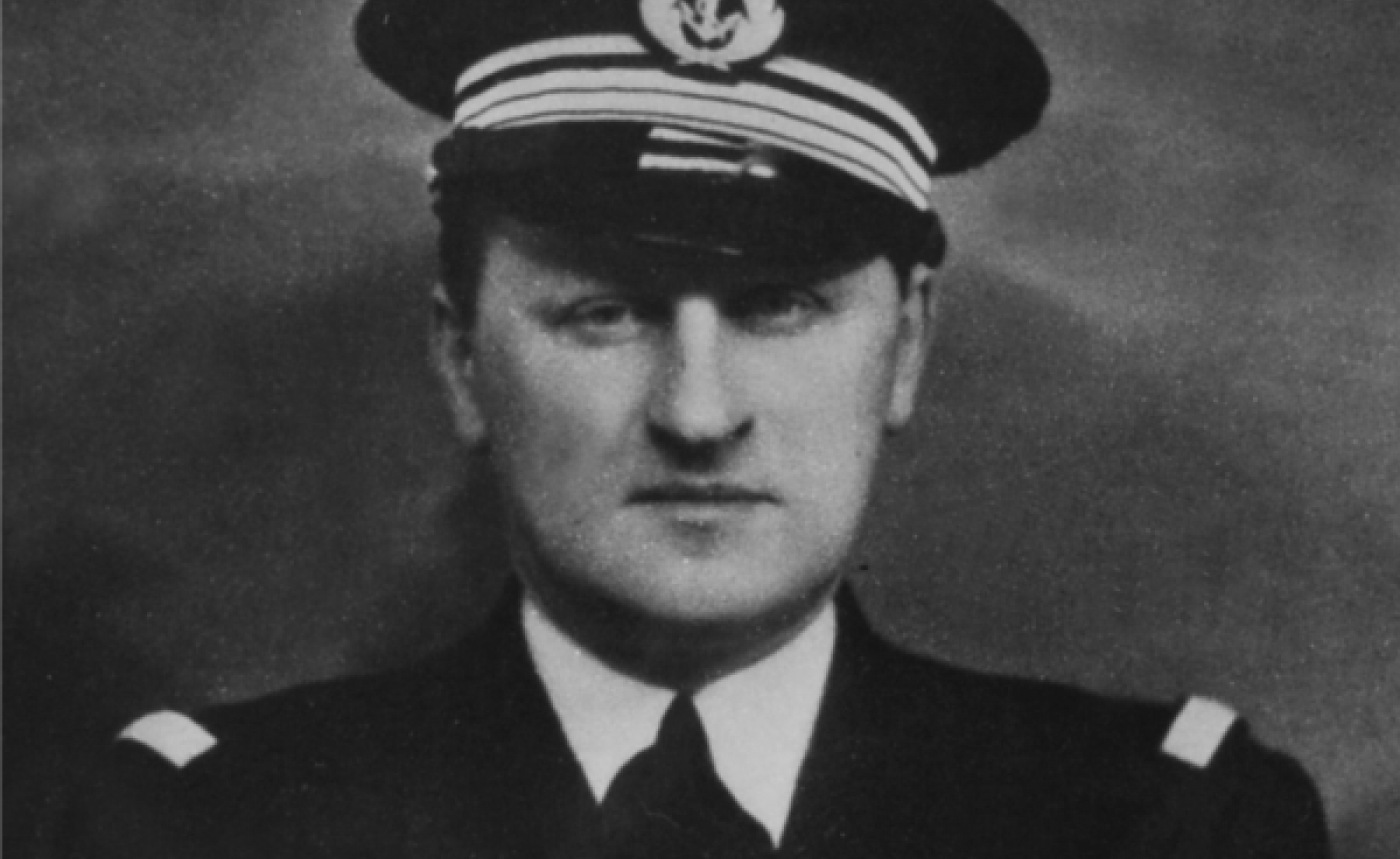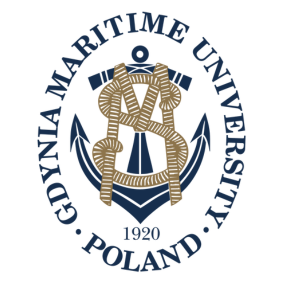LtCmdr Władysław Kosianowski

LtCmdr PNR Władysław Kosianowski
Principal of the State Maritime School in Gdynia, 1936-1937
Educated in St Petersburg
Born on 22nd July 1895 in Moscow. Served in a volunteer fleet of the Russian merchant navy. Graduated from the St Petersburg Infantry Officer Academy.
Youth Overshadowed by War
Władysław Kosianowski fought on the Galician front during WWI and was taken captive by the Austrians. After joining the Polish army in 1918, he was involved in the Polish-Bolshevik war in 1920. In 1921, he was transferred to the River Shore Corps and served in the headquarters of the Navy Port in Puck.
Ship Commander
In 1924, he completed a one-off instructor course for officers. He served in the 'Vistulan Float', commanding the warship the "Generał Sosnowski", and the "Pinsk Float" (the Riverine Float) on a monitor warship the “Torun”. He also commanded the "ORP Wilia" and the "ORP Kujawiak”.
In 1930-1933, he served in the Military Department of the General Commissariat in Gdansk, after which he commanded the ORP Podhalanin. He also led field exercises between Jastarnia, Rewa and Hel.
In 1934, he was drafted into the navy reserves as a Second Lieutenant Commander.
State Maritime School
In 1934-1936, he served as commissioner for the government's Ministry of Industry and Trade for deep-sea fisheries. In 1935, Władysław Kosianowski directed courses for fishermen at the State Maritime School in Gdynia (SMS). The classes, taught by SMS lecturers, were held in the school buildings and on the premises of the Polish-Dutch Association of Deep-Sea Fishing “Mewa”. The guidelines for fishermen written by Władysław Kosianowski were also printed in Dutch for the benefit of the Holland nationals that were also part of the fishing boats’ crews.
In 1936, he was named principal of the State Maritime School in Gdynia, although he continued to organise and teach courses. During his short time in office, the “Dar Pomorza” rounded Cape Horn. Changes were also made to the school’s education and training programmes. At this time, Władysław Kosianowski was a member of the Main Council of the Maritime and Colonial League.
In 1937, he resigned from the role of director at the SMS and took up the post of director within the Pomerania Branch of the Association of Deep-Sea Fishing, which he held until 1939.
During WWII
At the end of August 1939, he was mobilised to the 2nd Department of Central Command, and in September he was sent to Amsterdam in the role of Vice-Consulate to arrange the transportation of Polish fishing ships to France.
As a result of a decision made by Władysław Sikorski, he was interned in the Sable d'Or camp and later relocated to the Bessières barracks in Paris. He fled France in June 1940 onboard a British destroyer the HMS “Broke”.
As he had not been assigned to active duty, he joined up with the Free French Army, and in 1941, was sent to serve in Beiruit on the staff of the commander of the French Levant naval forces and the British naval command.
Under the moniker "Lorenz", Władysław Kosianowski commanded the Notre Dame d'Etel sailing ship, escorting an allied convoy to the eastern part of the Mediterranean Sea.
In 1944, he became the head of the 2nd Planning Department and later, the Department of External Information within the leadership of the Navy. In 1945, he was promoted to the rank of lieutenant commander.
Publications
He was the author of many works on maritime topics, writing for publications such as Morze, and Przegląd Morski, and also authored the work of Admiral von Tirpitz, including his thoughts and actions in connection with maritime matters, as well as a chapter on the Polish Navy in the collectively written Polska na Morzu (Poland at Sea). Following the end of the Second World War, he became editor of the "Poland at Sea" monthly magazine, and also produced a commemorative album - The Polish Navy During the 2nd World War - The First to the Last Salvo.
Decorations and Merits
Władysław Kosianowski was awarded the Order Virtuti Militari, the Cross of Valour, the French Legion of Honour - Class V and more.
He remained in Great Britain after the war and died on 30th July 1966, in London. He is buried at the North Sheen cemetery.

